Text
“Be nice to yourself. It’s hard to be happy when someone is mean to you all the time.”
— Christine Arylo
911 notes
·
View notes
Text
University students in the Philippines, who were directed to create their own “anti-cheating” hats to prevent them from looking at their peers’ papers during midterm examinations, came out with unique ideas
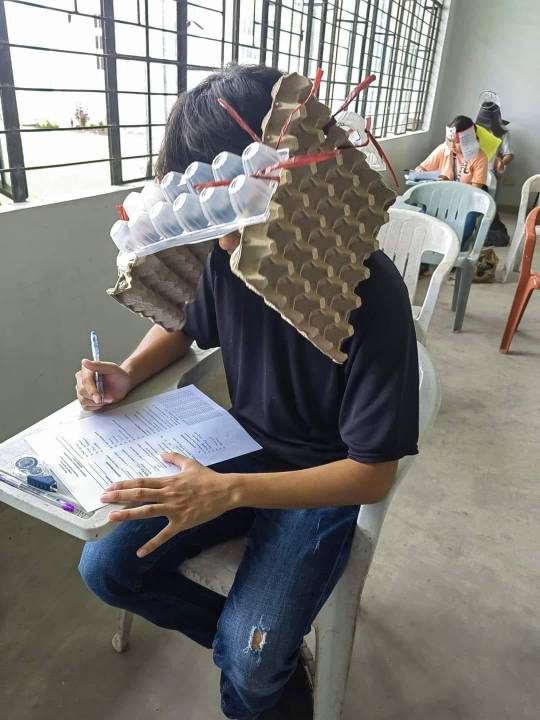
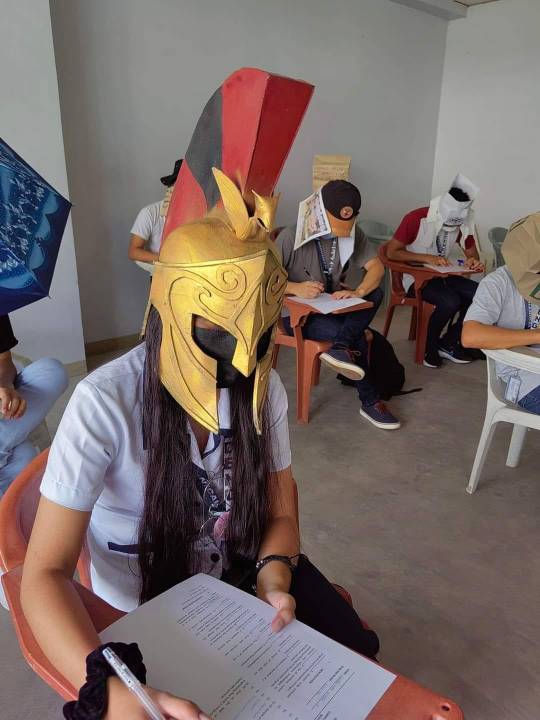
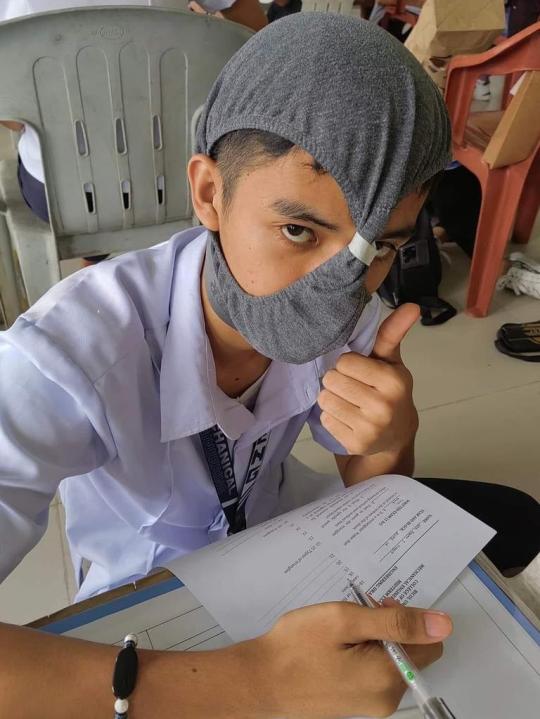

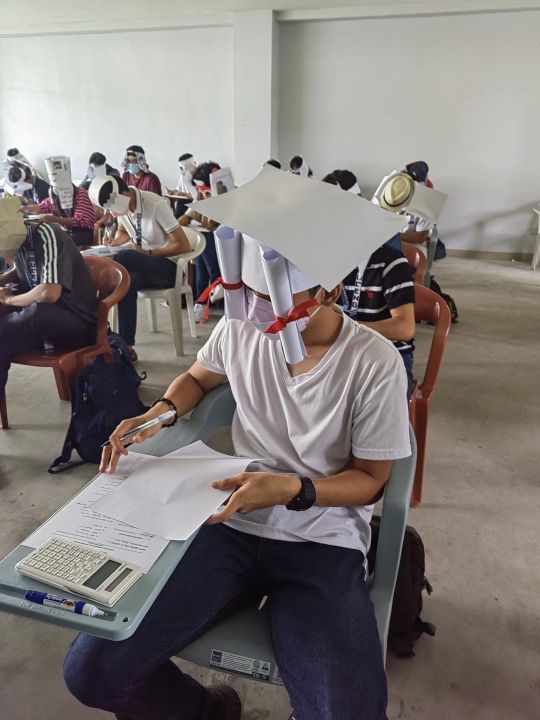
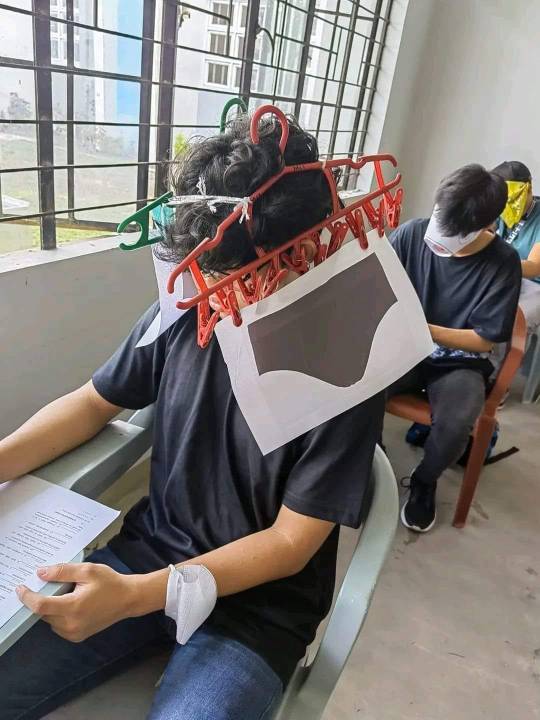
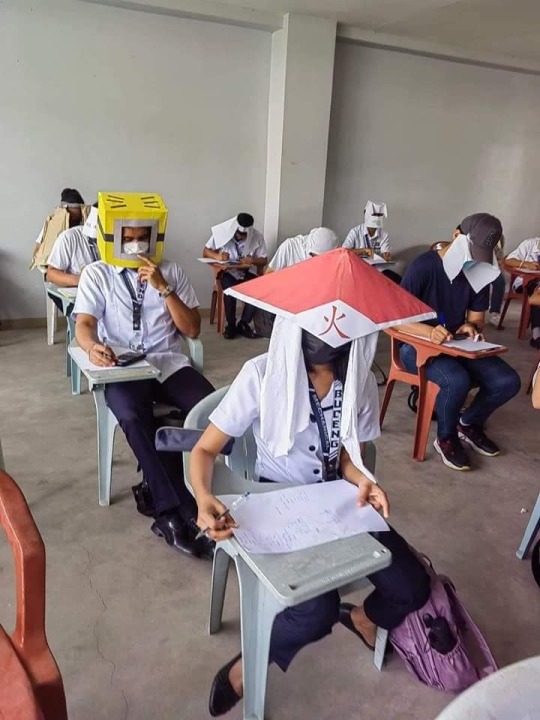
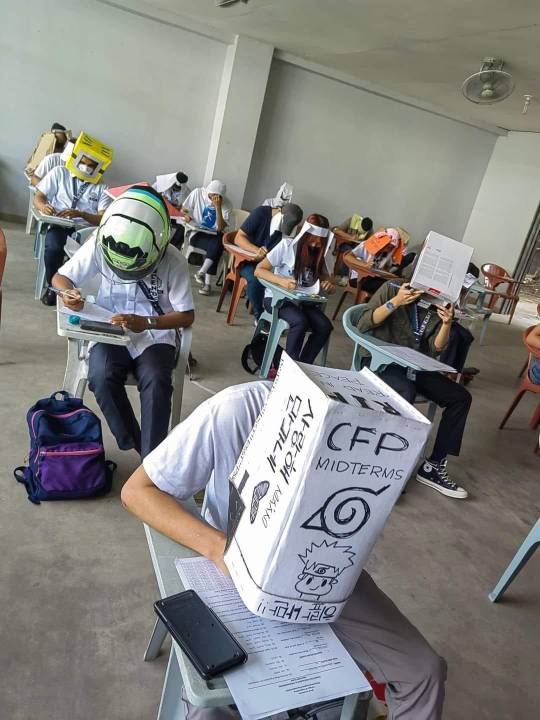
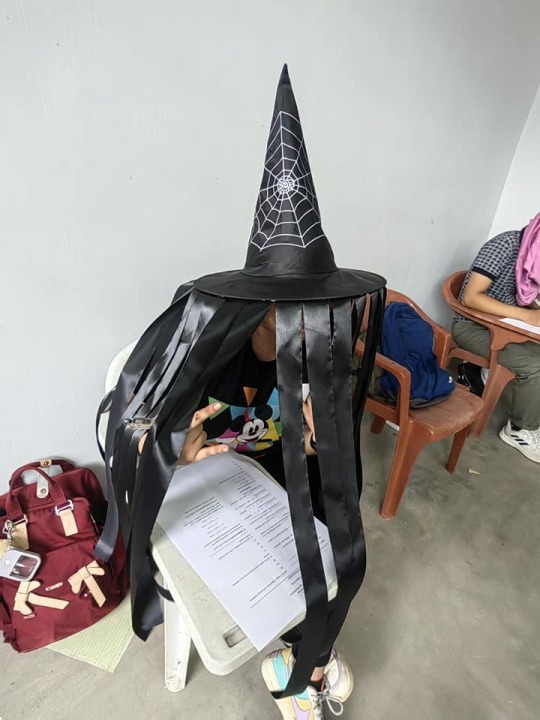



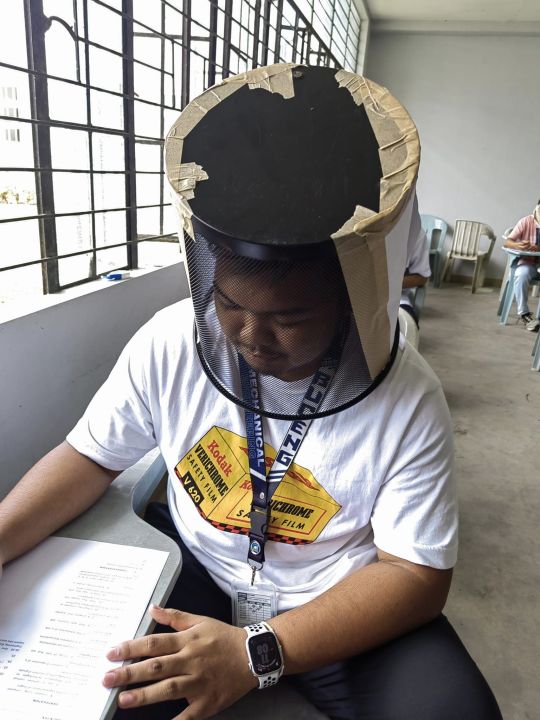
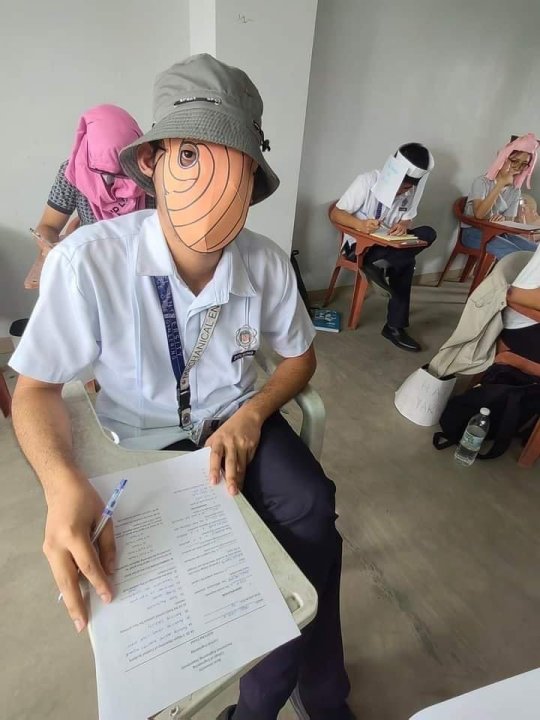
51K notes
·
View notes
Text
Lighting up the night, one ghostly smile at a time!

friend!
110K notes
·
View notes
Text
Childfree Filipinas - the plateauing of PH population
The Philippines has had a long-running problem with population and poverty. As a country that is heavily influenced by its religious beliefs, sexual wellness education and contraceptives have been a controversial topics for a very long time.
But the newer generations have begun taking a new perspective. A sex-positive, safe, and hygienic take that appreciates the human body rather than label it as taboo.
“Filipinos remained prudent by continuing to delay having children or forming families during the combined economic crisis and Covid-19 health emergency. Couples in growing numbers continue to avail of family planning commodities and services in all regions of the country, with eight million users of modern family planning methods in 2020, or an addition of about 500,000 from 2019,” PopCom chief Dr. Juan Perez III explained in a livecast.
Due to the ongoing effects of the COVID-19 pandemic, the reduction of the population and fertility rate birth rate is just enough to sustain population levels, was attained even as the country expects higher fertility due to the COVID-19 pandemic affecting reproductive services. “Focus should now be on ensuring that the quality and capacity of the country’s human resources are enhanced. At the household level, lower fertility also means greater opportunity for personal development of couples and individuals, which can redound to more savings and investments,” he said.
The decreasing number of children is indicative of the choice of women and couples to have smaller families with just two children at the most.
The decline in the country’s total fertility rate (TFR) offers both an opportunity and a challenge.
For starters, it can be considered a breakthrough in programs on population and development as well as family planning, according to Executive Director Lolito Tacardon, Commission on Population and Development Officer-in Charge.
COMM303_AdvocacyCampaign
1 note
·
View note
Text
"Iran has resisted peaceful all calls for change in recent decades. Are there any options left other than revolution?"
1 note
·
View note
Text
UN’s humanitarian efforts: OCHA releases new humanitarian icons
In 2012, OCHA released to the public domain a set of 250 icons depicting themes of interest to the humanitarian community such as clusters, disaster types, categories of affected people, and relief items. These icons were developed because at OCHA we understand that during the response to an emergency it is critical to share and understand complex information in a timely, visual, compelling fashion.
Icons — with their easily accessible, universal visual language — are vital to achieve this. Since their first release, OCHA’s Humanitarian Icons have been downloaded more than 300 times per day and have become by far the organization’s most popular product. Their users include UN agencies, NGOs, general public designers, and of course OCHA offices from around the world.
Today, we are releasing a completely revamped set of 295 (and counting) icons, the end result of a long and meticulous redesign process. While the 2012 collection grew organically as we developed illustrations to meet our internal design needs, the new series has been drawn from scratch following standardized design rules.
Because of this, all the new icons look similar in terms of visual complexity and appear to belong to the same ‘family.’ Moreover, the original set has been extended to include new themes (for instance cash transfer) and individual icons have evolved to reflect changes that occurred since 2012 (in technology, for example).
Together with the icons, available in a variety of common formats, we are releasing the detailed guidelines we developed to design them so that users can extend our collection to fit their own needs.
2 notes
·
View notes

